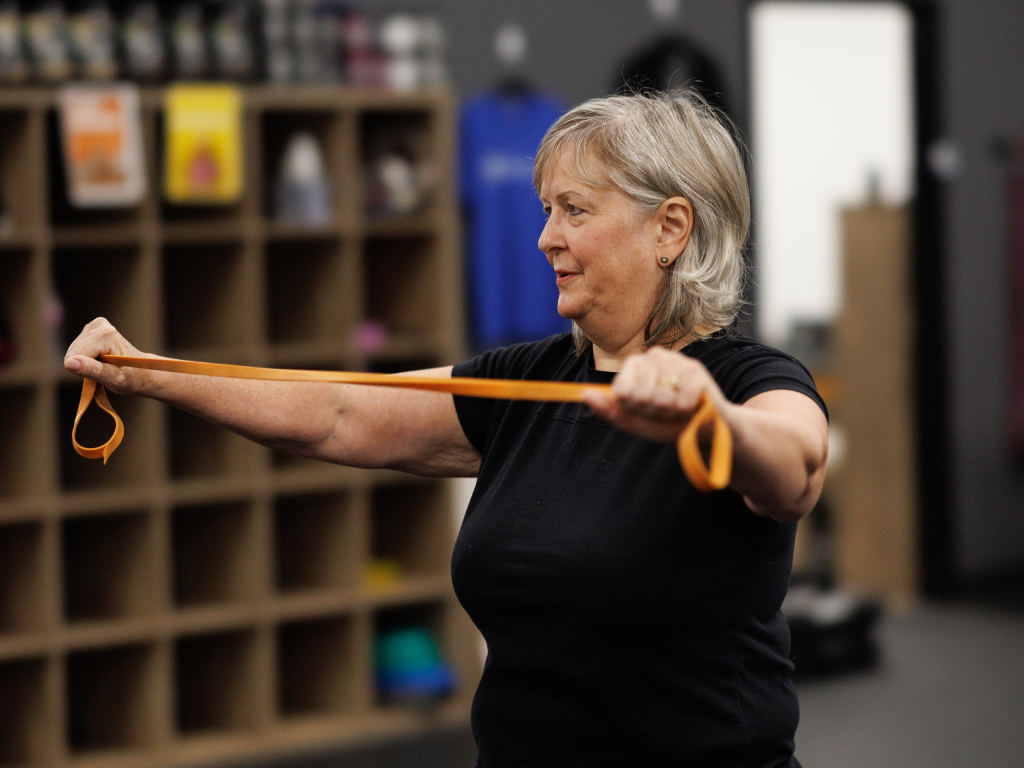Elbow pain is a common complaint, especially among athletes and individuals who engage in repetitive arm movements. Two of the most common causes of elbow pain are Golfer’s Elbow (medial epicondylitis) and Tennis Elbow (lateral epicondylitis). Despite their names, these conditions are not limited to golfers or tennis players—they can affect anyone who engages in repetitive activities that strain the muscles and tendons of the forearm. Understanding the differences between these conditions is crucial for accurate diagnosis and effective treatment.
What is Golfer’s Elbow?
Golfer’s Elbow, or medial epicondylitis, is a condition characterized by pain and inflammation on the inside of the elbow. This condition affects the tendons that attach to the medial epicondyle, the bony bump on the inside of the elbow. These tendons are responsible for controlling the movements of the wrist and fingers.
Common Symptoms of Golfer’s Elbow:
- Pain and Tenderness: Pain is typically felt on the inside of the elbow and may radiate down the forearm.
- Stiffness: The elbow may feel stiff, and it can be painful to make a fist.
- Weakness: Weakness in the hands and wrists, making it difficult to grip objects or perform certain activities.
- Numbness or Tingling: Some patients may experience numbness or tingling, often radiating into the ring and little fingers.
Causes of Golfer’s Elbow:
Golfer’s Elbow is usually caused by repetitive stress on the forearm muscles, leading to microtears in the tendons. This can occur not only from playing golf but also from other activities such as:
- Repetitive wrist flexion, like in baseball or weightlifting
- Improper lifting techniques
- Manual labor tasks, like carpentry or plumbing
What is Tennis Elbow?
Tennis Elbow, or lateral epicondylitis, is a condition that causes pain on the outside of the elbow. It affects the tendons that attach to the lateral epicondyle, the bony prominence on the outside of the elbow. These tendons are involved in extending the wrist and fingers.
Common Symptoms of Tennis Elbow:
- Pain and Burning: The primary symptom is pain on the outside of the elbow, which can radiate down the forearm. Some patients report a burning sensation.
- Weak Grip Strength: Affected individuals may notice a decrease in grip strength, making it difficult to hold onto objects.
- Worsening Pain with Activity: Activities that involve lifting, gripping, or twisting motions can exacerbate the pain.
Causes of Tennis Elbow:
Like Golfer’s Elbow, Tennis Elbow is caused by repetitive strain, but it involves the extensor muscles of the forearm. It can develop from:
- Repetitive wrist extension, such as in tennis or other racquet sports
- Using improper technique in sports or activities
- Occupational tasks like painting, typing, or using hand tools
Diagnosis of Golfer’s Elbow and Tennis Elbow
Accurate diagnosis of Golfer’s Elbow and Tennis Elbow is essential for effective treatment. Diagnosis typically involves:
- Clinical History: Your healthcare provider will take a detailed history of your symptoms, including their onset, duration, and any activities that may exacerbate the pain.
- Physical Examination: A thorough examination of the elbow, wrist, and forearm will be conducted. Specific tests, such as resisted wrist flexion for Golfer’s Elbow or resisted wrist extension for Tennis Elbow, can help pinpoint the source of the pain.
- Imaging: In some cases, imaging studies like X-rays, ultrasound, or MRI may be recommended to rule out other potential causes of elbow pain and to assess the extent of tendon damage.
Treatment Options for Golfer’s Elbow and Tennis Elbow
Treatment for both conditions typically starts with conservative measures. However, the specific approach may vary depending on whether you have Golfer’s Elbow or Tennis Elbow.
Rest and Activity Modification:
- Reducing or modifying activities that aggravate the condition is crucial for allowing the tendons to heal.
Exercise Therapy:
- Stretching and Strengthening Exercises: Specific exercises can help stretch and strengthen the forearm muscles and tendons, improving flexibility and resilience.
- Manual Therapy: Techniques such as massage or joint mobilization can help reduce pain and improve function.
Pain Management:
- Ice Therapy: Applying ice to the affected area can reduce inflammation and alleviate pain.
- Anti-inflammatory Medications: Nonsteroidal anti-inflammatory drugs (NSAIDs) may be recommended to reduce pain and inflammation.
Advanced Treatment Options:
- Dry Needling: For chronic cases, dry needling can be effective in releasing muscle tension and promoting healing.
- Shockwave Therapy: Extracorporeal Shockwave Therapy (ESWT) is a non-invasive treatment that uses high-energy sound waves to stimulate healing in the affected tendons. It has shown promising results for both Golfer’s Elbow and Tennis Elbow, particularly in cases where other treatments have failed.

Surgical Intervention:
- In severe or persistent cases, surgical intervention may be considered to remove damaged tissue and repair the tendon.
Conclusion
Understanding the differences between Golfer’s Elbow and Tennis Elbow is key to effective treatment and recovery. While both conditions involve tendon overuse and can cause significant pain, they affect different parts of the elbow and may require different approaches to treatment. At Central Ohio Spine and Joint, we offer comprehensive care for both Golfer’s Elbow and Tennis Elbow, including advanced options like shockwave therapy and dry needling. If you’re experiencing elbow pain, we’re here to help you get back to your active lifestyle.

Recent Comments